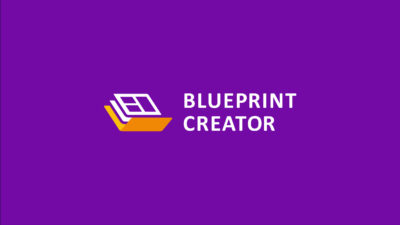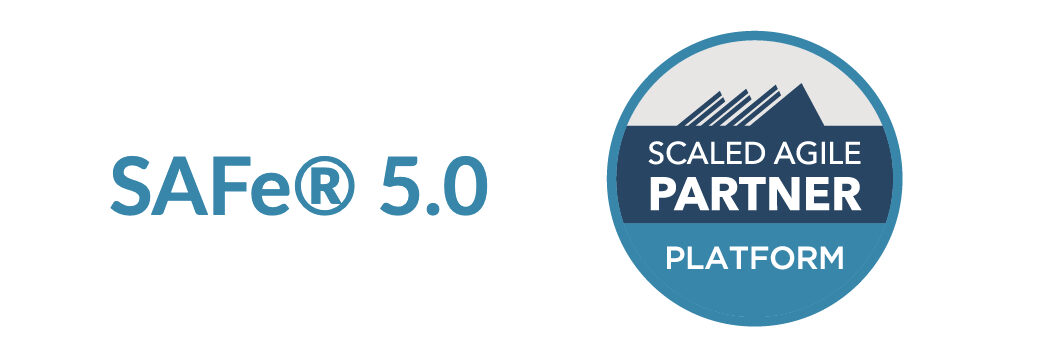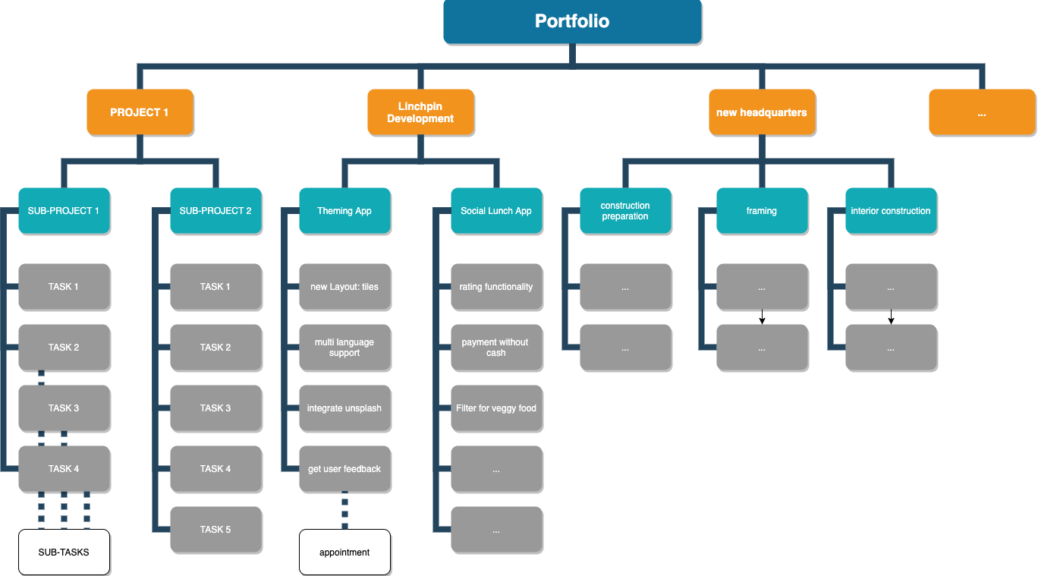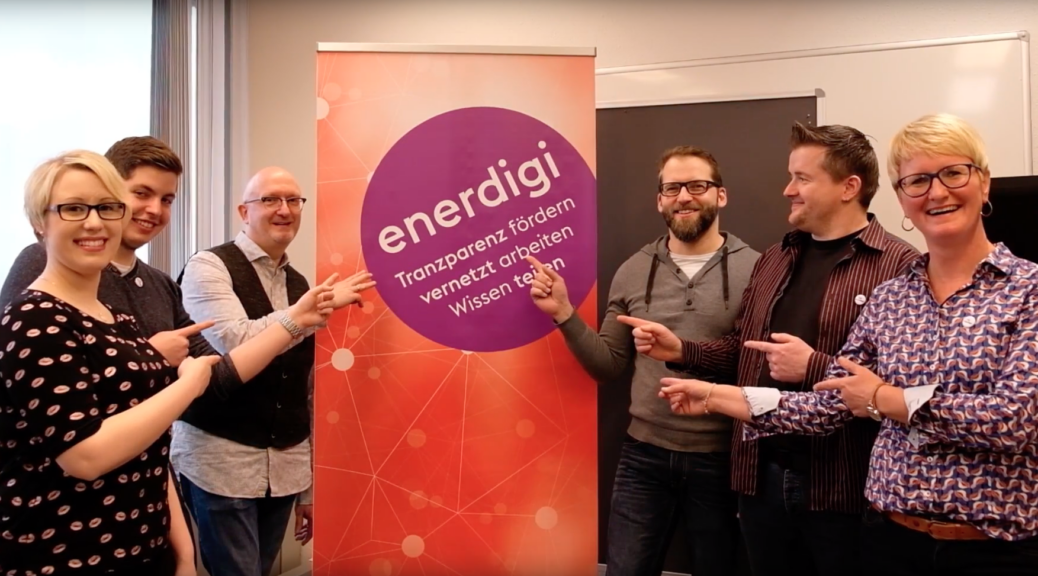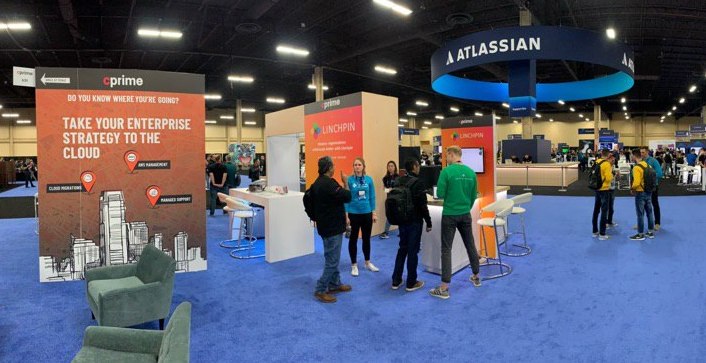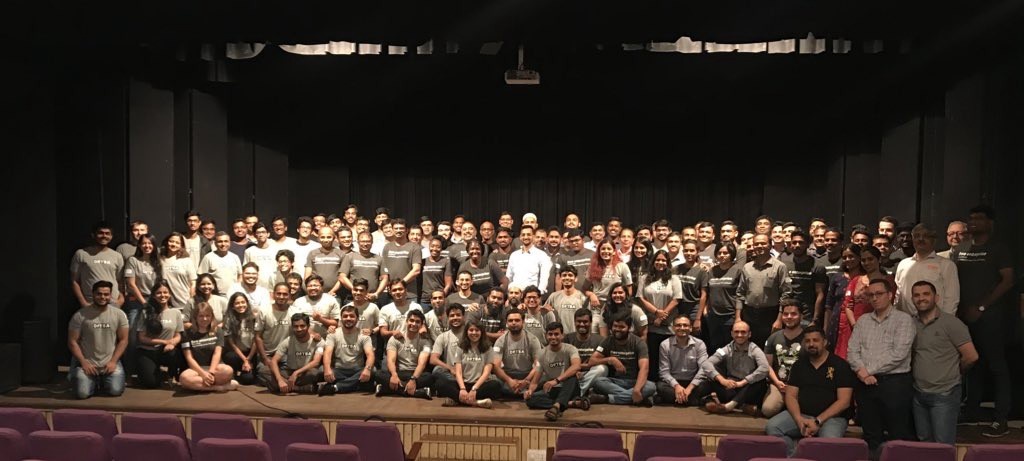Templates simplify content creation for many Confluence users. You can use templates in a wide variety of ways – from taking your meeting notes and documenting your process to structural standardization; for example with customer projects. Blueprint Creator for Confluence gives you the perfect tools for effectively and efficiently implementing these as well as other use cases with the help of templates. It’s simple: You don’t need any prior knowledge of programming in order to create blueprints for pages and areas.
Blueprint Creator: How to use blueprints for uniform blog posts in Confluence
